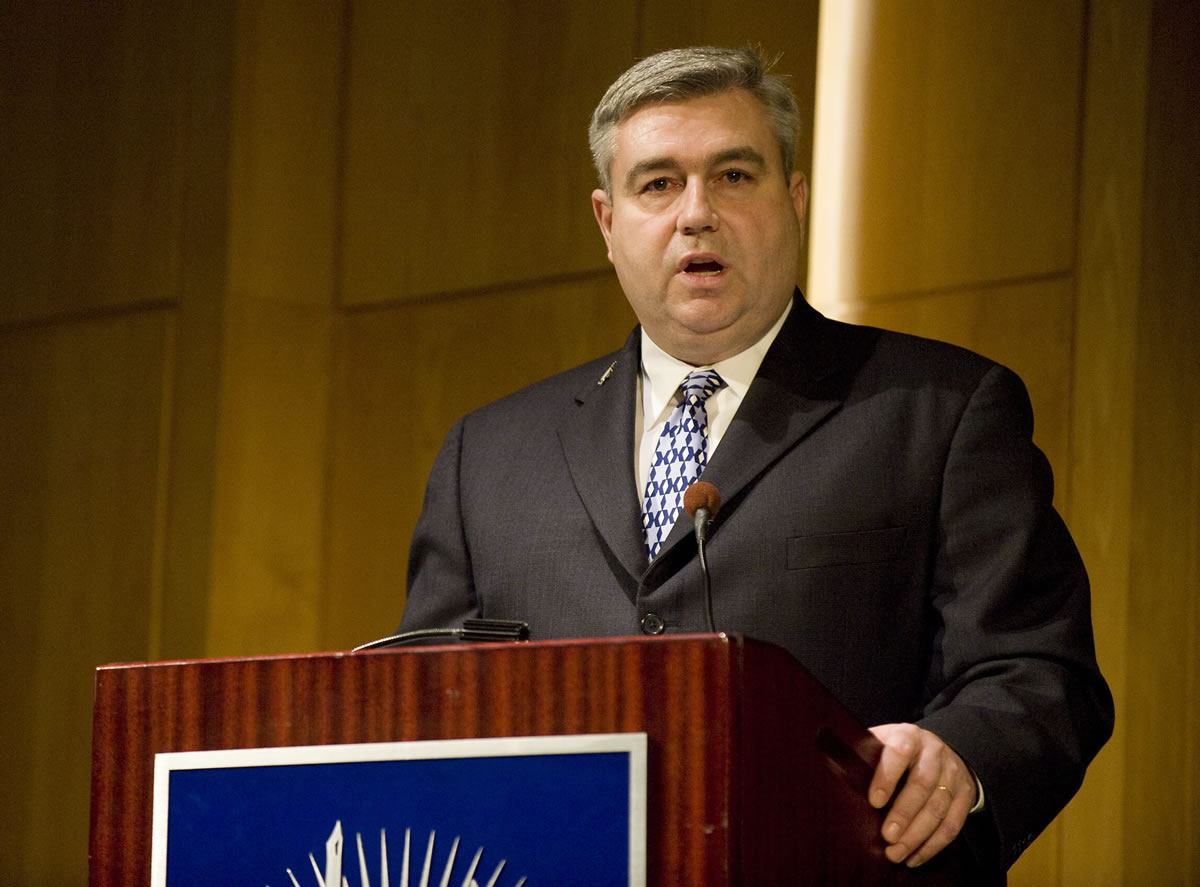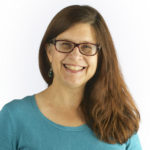Clark College: That was then, this is now
Student enrollment
1933: 22.
2014: 13,730.
Tuition
1933: $110 per year if paid in advance.
2014: $4,209.
Number of programs
1933: one, liberal arts.
2014: 37.
Campus
1933: One building, the Hidden House, 100 W. 13th St.
2014: Four locations: the main campus at 1933 Fort Vancouver Way, Columbia Tech Center, WSU Vancouver and downtown Vancouver’s Columbia Bank Building
On the Web
As Clark College celebrates 80 years, it’s grown considerably from its birth in 1933, when 22 students studied one program, liberal arts, in the college’s one building, the Hidden House in downtown Vancouver.
Today, Clark College has 13,730 students in 37 programs of study.
At Thursday’s State of the College address, after being introduced as the “penguin in charge,” Clark College President Bob Knight bounded up to the podium and grinned.
“We were born out of the dark days of the Depression,” Knight said. “What will we look like at 100? What steps can we take to ensure that Clark at 100 is the vibrant and important place it is today?”





